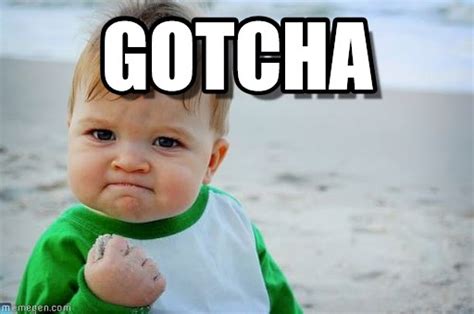What are the different forms of energy?
Sound, Light, Heat, and Energy of Motion
Which of these are conductors
copper, paper, potatoes, humans
copper, potatoes, and humans
positive and negative
What does attract and repel mean?
attract: drawn together
repel: push away from each other
Static electricity is a ____ up of an _________ ________ on the surface of an object.
Static electricity is a BUILD up of an ELECTRICAL CHARGE on the surface of an object.
 This is turning ______ energy into ______ and _____ energy.
This is turning ______ energy into ______ and _____ energy.
This is turning ELECTRIC energy into LIGHT and HEAT energy.
define conductors.
materials that allow electricity to flow through them easily.
If both objects have the same charge, they will ______, or ____ _____ from each other.
If both objects have the same charge, they will REPEL, or MOVE AWAY from each other.
Why do we (scientists) repeat the same experiment?
If a scientist only did one trial in their experiment, then there is a greater chance an error could have occurred, and the results will not be accurate.
If all scientists come to the same conclusion, the conclusion has more support and validity.
What does rubbing to objects together do?
It produces heat, but also might electrically charge the object.
It is important to remember that when conducting an investigation the ______ can be ______ by others.
- Evidence
- replicated
If another scientist conducts the same investigation, their results should be similar to yours.
define insulators
a material used to reduce or prevent the transfer of electricity, heat, or sound
When objects with charges are near each other, the either _____ or _____ each other.
Attract or repel
more evidence and research
Which of these would a charged balloon attract to?
- door
- soda can
- wool shirt
- pepper
All are true!
Give an example of electric energy turning into each form of energy. (4 examples)
heat: stove top
light: lamp
sound: speaker
motion: Tesla
Name 3 conductors and 3 insulators.
conductors: copper, gold, aluminum, and steel
Insulators: Plastic, wood, glass, and rubber
Why does hair stick to a balloon when you rub them together?
This is because when you rub the balloon against your hair, your hair loses negative charges, and the balloon gains those negative charges. These opposite charges are then attracted to each other.
What are the steps of the scientific method?
1. identify the problem
2. identify the variables (test and outcome) and control group
3. write a hypothesis
4. identify procedure and materials
5. make detailed observations
6. conclusion
What is an example of charged objects attracting uncharged objects.
a balloon rubbed against your head and then placed on the wall. The balloon becomes charged and attracts the wall.
Explain how the object is transforming electrical energy into other types of energy.

The cord attached to the laptop is plugged into an electric outlet. Electric energy flows through the cord and into the computer turning the electric energy into light energy on the screen. The computer also transforms electric energy into sound and heat energy. You can observe this when the volume is turned on the computer can play sound. Computers can also heat up over time. You can observe this as you feel it getting warmer.
Oh no! Your houses only source of light went out! There is a break in the circuit... what household item can you grab to make the circuit complete again??
WOOOOOHOOOOOO
When I rub a balloon on your jacket it is a transfer of ______.
Which is positively charged and which is negative? Why?
- charges
the jacket is positively charge and the balloon is negatively charge.
When an object transfers charges, it can either gain a positive charge or a negative charge. When there are more negative charges on an object, the object has a negative charge. When there are less negative charges on an object, the object has a positive charge.
use the scientific method to investigate testing charges between a balloon and your hair.
1. identify the problem
- will a balloon attract the hair on my head?
2. identify the variables (test and outcome) and control group
test: the balloons charge
outcome: the hair standing up
control group: the type of hair and balloon
3. write a hypothesis
- the balloon and the hair will have opposite charges and will attract
4. identify procedure and materials
- balloon, hair
5. make detailed observations
- after several trials, the hair on my head was attracted to the balloon.
6. conclusion
- The balloon has negative charges and the hair has positives charges attracting them to one another.
How can an object that is electrically charged attract other objects?
The charges in an uncharged object can rearrange themselves in response to charged objects.